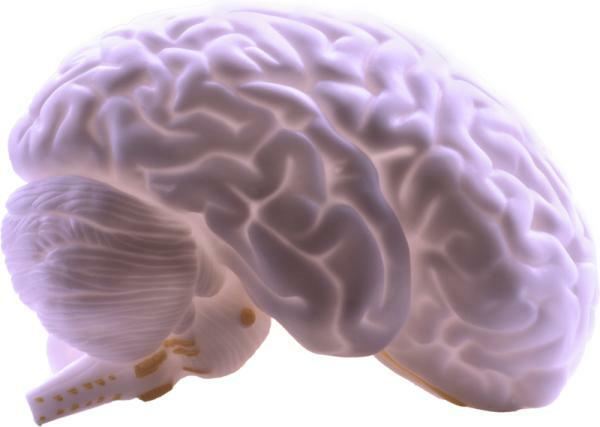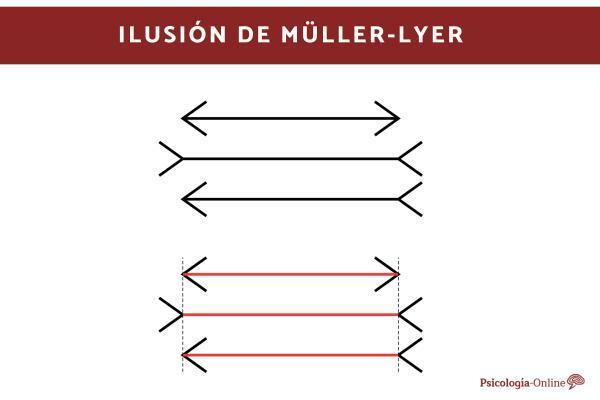
Depressive disorders are the most prevalent mental disorders in our society today. Depression is also one of the main causes of disability, because of the high functional impact that it represents and with the course of a high frequency of suicidal behaviors. This set of factors causes depressive disorders to be a very important health problem for the World Health Organization (WHO).
The person who suffers from a depressive disorder, experiences a depressed mood or sadness, which disables the normal functioning of the person in one or several areas of his life.
Faced with the different depressive disorders, there is persistent depressive disorder, also recognized as dysthymia, which this Psychology-Online article will deal with: What is chronic depression? Symptoms, causes and treatment.
Index
- Definition of chronic depression
- Symptoms of chronic depression
- Causes of chronic depression
- Treatment of chronic depression or dysthymia
Definition of chronic depression.
The persistent depressive disorder or dysthymic disorder, is a depressive mood disorder that is socially known as chronic depression. The person suffering from this chronicity is in a depressed mood for most of the day and although its symptoms are less severe than in major depression, it is very important to get your attention as soon as possible, due to the persistent duration of symptoms. People with chronic depression tend to be habitually in a depressed mood, tired, with a vision negative of themselves, the world and the future and with feelings of hopelessness, seeing everything around them in a negative.
In order to determine a diagnosis of persistent depressive disorder or dysthymia, a series of symptoms must be present, which we will describe below.
Symptoms of chronic depression.
The person who suffers from chronic depression or dysthymia, during the period of two years (one year in children and adolescents), you may not have been without any of the following symptoms for two months followed. The symptoms of chronic depression, according to DSM-5, are:
- Poor appetite or overeating. It can produce a considerable reduction in hunger or, on the contrary, an overeating of food.
- Insomnia or hypersomnia. People who suffer from it can have sleep disturbances, which can cause the person to be unable to sleep or, on the contrary, to sleep too much.
- Low energy or fatigue. Dysthymia causes people to feel lacking energy most of the time, making it difficult for them to go about their daily lives as they used to.
- Low self-esteem. This state of mind causes the person to have a low concept of himself, of her capabilities and of his future projection.
- Lack of concentration or difficulty making decisions. The lack of concentration produced by this state of mind generates significant frustration for the person who suffers from it, thus damaging their self-esteem and causing it to be more difficult for them to make their own decisions, due to a lack of self-confidence herself.
- Feelings of hopelessness. One of the most characteristic symptoms of chronic depression is the feeling of not finding alternative solutions to various situations or not having expectations for the future, believing that you will not be able to get out of this and that you will never feel again good.
In addition to this, for its diagnosis the person must present this depressed mood for most of the day and most days. On the other hand, a type I or II Bipolar episode must not have occurred, it is not better explained by a psychotic disorder and it must not be caused by any substance or medical condition. The onset of dysthymia or chronic depression can appear at an early onset (before 21 years) or late onset (after age 21) and its severity is classified as mild, moderate or serious.
If you feel identified with these symptoms you can do the dysthymia test to see if you may have chronic depression.
Causes of chronic depression.
The cause of chronic depression is multifactorial: it involves biological, psychological and social mechanisms. However, an exact cause of persistent depressive disorder is unknown.
At the biological level, it is known that one of the causes of depressive disorders is the low level of serotonin, norepinephrine and / or dopamine in the brain. On the other hand, it should be noted that stressful psychological and social experiences such as stress, more demanding, negative personalities, recent losses, financial problems, breakups, etc. increase the vulnerability of depressive illness, since they produce neurochemical changes that alter the interaction of neurotransmitters with neurocircuits that maintain mood, and whose play an important role in depression.
Treatment of chronic depression or dysthymia.
For the treatment of this disorder, it is of utmost importance that the person receives psychological treatment. Generally, faced with the chronicity of depression, it tends to become a combined treatmenttherapy and pharmacological (with the use of antidepressants). However, each patient is unique and treatment must be tailored to the needs of each person.
1. Evaluation
An evaluation must be made to be able to make the diagnosis, where a set of sessions of interview with the person who is suffering and there is a tendency to use different tests, to help specify the information. The most widely used test in the assessment of depression is the Beck Depression Inventory (BDI-II), better known as Beck's depression test.
2. Intervention
The cognitive behavioral therapy (TCC) has proven to be the most effective therapy for the treatment of depression. This therapy aims to produce a behavioral, cognitive and emotional change, that helps the person to increase their quality of life.
As previously noted, people with chronic depression have an automatic set of thoughts associated with a negative view of themselves, the world, and the future. These negative automatic thoughts keep this depressed mood. So if these negative thoughts change, there will be a change in the behaviors and emotions associated with these thoughts.
Thus, cognitive-behavioral therapy seeks to make the person aware of their negative irrational beliefs, in order to change them for more positive and healthy ones. This technique is known as cognitive restructuring, where the therapist's job is to help the person detect these thoughts, reflect on them, and rebuild them again.
This state of mind can occur with anxiety and against it they work techniques to reduce stress and anxiety, how can they be relaxation techniques. In addition to this, problem-solving skills are worked on and tools for behavioral activation (Help with sleeping habits, eating, carrying out activities that you previously enjoyed ...) so that the person can continue with their day to day in a healthier way. Finally, it is of utmost importance to provide the person with relapse prevention strategies.
As previously indicated, their treatment tends to be combined with administration of psychotropic drugs. Against this, it should be pointed out that antidepressants do not help the person with chronic depression to change thoughts, but reducing symptoms helps the person begin to see other possibilities in front of their situation.
CBT can be done with individual, family, or group therapy. The individual model tends to last between 5 to 20 sessions, or more, lasting between 45 to 60 minutes.
If a loved one has depression, you may be interested to know How to help a person with depression.
This article is merely informative, in Psychology-Online we do not have the power to make a diagnosis or recommend a treatment. We invite you to go to a psychologist to treat your particular case.
If you want to read more articles similar to What is chronic depression? Symptoms, causes and treatment, we recommend that you enter our category of Clinical psychology.
Bibliography
- American Psychiatric Association. (2014). DSM-5. Diagnostic and Statistical Manual of Mental Disorders. Madrid: Editorial Médica Panamericana, S.A.
- Baringoltz, S. (2007). Cognitive therapy and depression. Integration of cognitive contributions to psychotherapy and Cognitive Therapy.
- Jiménez-Maldonado, M., Gallardo-Moreno, G., Villaseñor-Cabrera, T & González-Garrido, A. (2013). Dysthymia in the clinical context. REV COLOMB PSIQUIAT, 42 (2), 212-218.
- Royal Collage of Psychiatrists. (2009). Cognitive-Behavioral Therapy (CBT). 10/18/2017, from the Spanish Society of Psychiatry (SEP).
- Ruiz, M., Díaz, M & Villalobos, A. (2012). Manual of Cognitive-Behavioral Intervention Techniques. Bilbao: Editorial Desclée De Brouwer, S.A.

